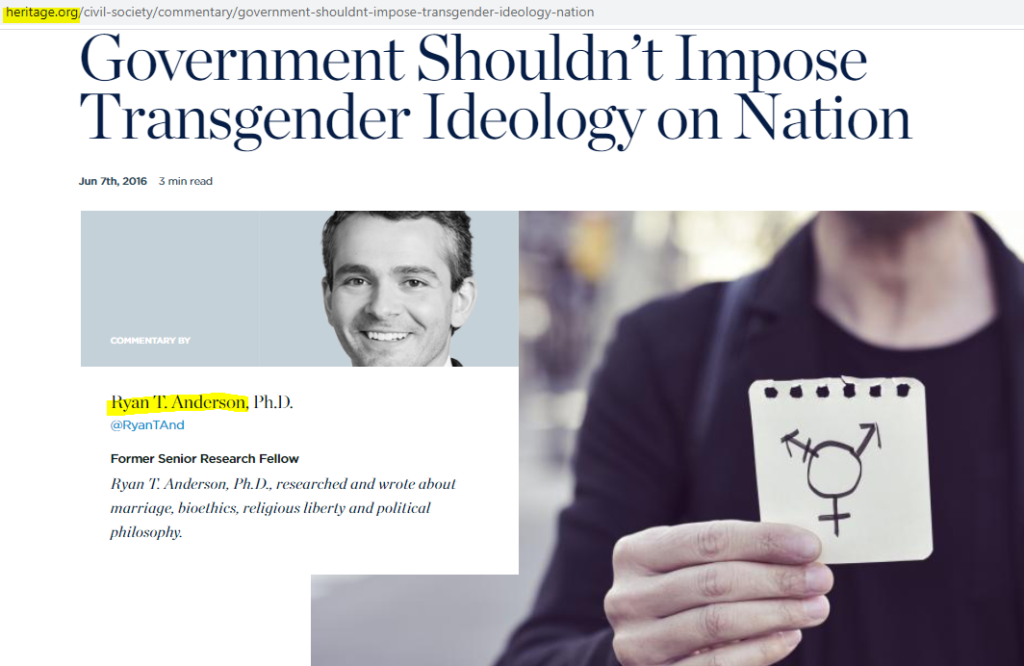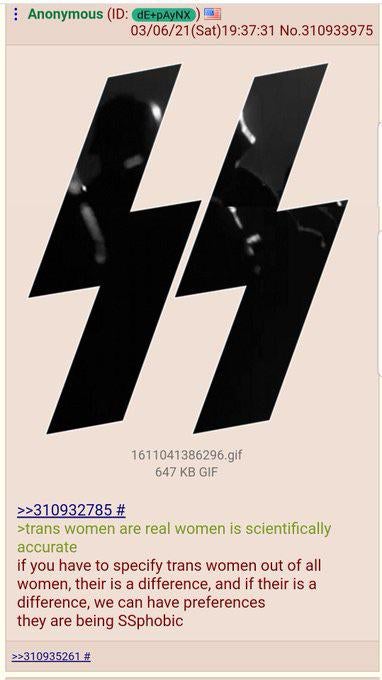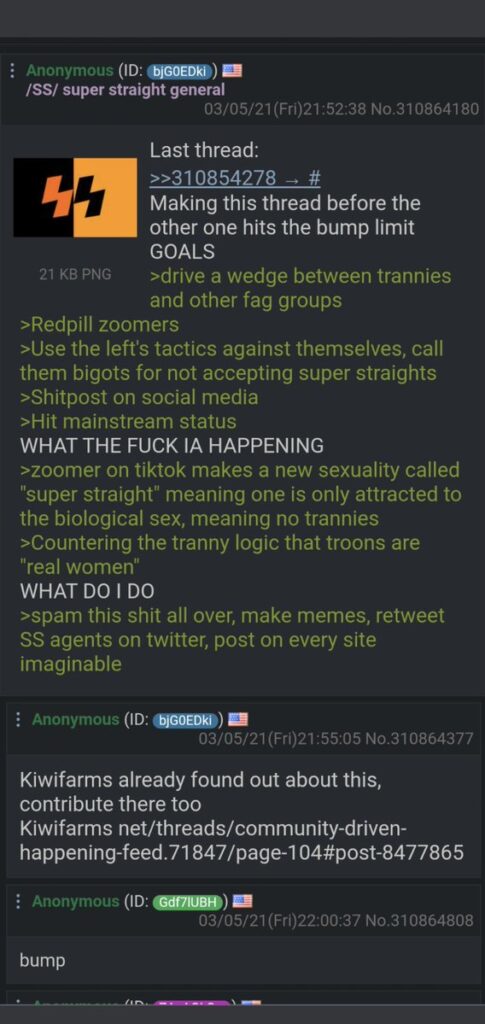An internal discussion within the trans community, originally known as the Cotton Ceiling, concerned itself with the way physical cisnormative beauty standards impact notions of desirability, how these biases relate to the fetishization of trans people, how it impacts the perception of trans people in queer spaces, and how these cisnormative standards affect the body image of trans people.
The “cotton” in the name of the term refers to the clothing covering the (fetishized, reviled, etc) bodies of trans people.
In other words, it is a conversation about the way cisnormative beauty standards affect the way trans people see themselves and the way in which it biases the way others view trans people.
However, TERF opinion leaders appropriated this discourse and turned it into a conspiracy theory.
While similar internal conversations about beauty standards occur among numerous communities, the anti-trans weaponization of this conversation is particularly toxic.
Since 2013, these Conspiracy iterations include Drop the T, Get the L Out, and, most recently, Super-Straight/Gay/Lesbian/Bi and represent a dialectic –a communication strategy for persuasion– that is rebranded every two to three years.
Conspiracy Timeline

TERFs asserted that the Cotton Ceiling was a conspiracy on the part of trans people to sexually assault cis people, cis Lesbains in particular. Read an insightful interview with Cathy Brennan concerning her Conspiracy work, its assimilation into the far-right, and her self-identity as a TERF here.

The Cotton Ceiling Conspiracy was rebranded as the Drop the T movement and integrated into the right’s political work around so-called “bathroom bills.”

TERFs began working with the political right to popularize the Cotton Ceiling Conspiracy dialectic, putting it to use in the right’s “bathroom bill” culture war. The right’s bathroom dialectic meshed well with the TERF’s Cotton Ceiling Conspiracy dialectic, further cementing the TERF movement to the far-right and alt-right movement.

The Drop the T movement was rebranded as the Get the L Out movement. TERFs, having had success working with the Drop the T movement, redoubled their efforts around making inroads with cismedia and right-wing media, in particular.

The Drop the T and Get the L Out movements, both being a rebranding of the Cotton Ceiling Conspiracy political dialectic, were once again rebranded as Super Straight or “SS” (in homage to the Nazi Schutzstaffel) movement. SS began by explicitly utilizing the Cotton Ceiling Conspiracy dialectic in a now-deleted TikTok video that quickly became a Nazi-themed effort whose goals were indistinguishable to the Drop the T and Get the L Out movements.

Instead of the dialectical rebranding flowing from TERFs to the far-right, this time the rebranding came from the far-right and to the TERF movement. Inspired by the media success of this Nazi movement, TERFs and other sex essentialists began collaborating with the alt-right, promoting “Super” as a prefix for sexuality terms as a way to signal their political alignment with the Cotton Ceiling Conspiracy dialectic.
Terminology used in this article:
Definitions for the terms used in this article are available via our Glossary.
